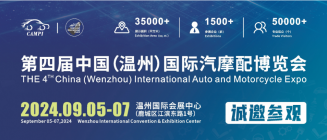From the end of last year to now, the discussion on in-vehicle chips has become exhausted. If you sum it up, there are a few broad consensuses:
The production chain of in-vehicle chips and consumer chips is similar, with differences in specialty, but the value of the former is not as good as the latter; customers in East Asia, East Asia chip production capacity and consumption accounted for more than 50%; although the United States only accounts for 12% of chip production capacity, US companies occupy chips The market share is 46%, and the United States has great control over the global chip industry (supported by financial and political power). The United States currently does not want to start with users; China’s self-sufficiency rate on automotive chips is only 5%, which is a bit stuck. It's not an exaggeration.
Take 40% of the share to get a positive cycle
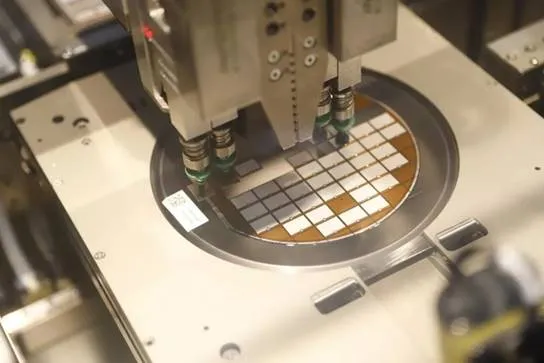
China, from the government to the industry, has begun to solve this problem and put it in a strategic position as important as energy security. What is controversial is, how long can we complete the domestic substitution? In fact, there is no need for 100% internalization, which is neither possible nor economical. As long as domestic manufacturers get more than 40% of the domestic market, they can achieve positive circulation without blood transfusion, and domestic substitution can be regarded as a realization.
Because neither foreign governments nor multinational corporations can continue to threaten them by cutting off confessions. The threat itself is a devastating blow to the international supply chain. When domestic substitution is realized, the "chip supply global chain" will be decoupled and rebuilt at the same time.
Sometimes, we don’t need to start from scratch, we just need to solve the problem of business competitiveness. If the chip supply gap reaches low-competitive manufacturers also have food to eat, market problems will almost disappear. If Europe and the United States have another purchase restriction on car chips (actually impossible), the above problems will be solved more perfectly.
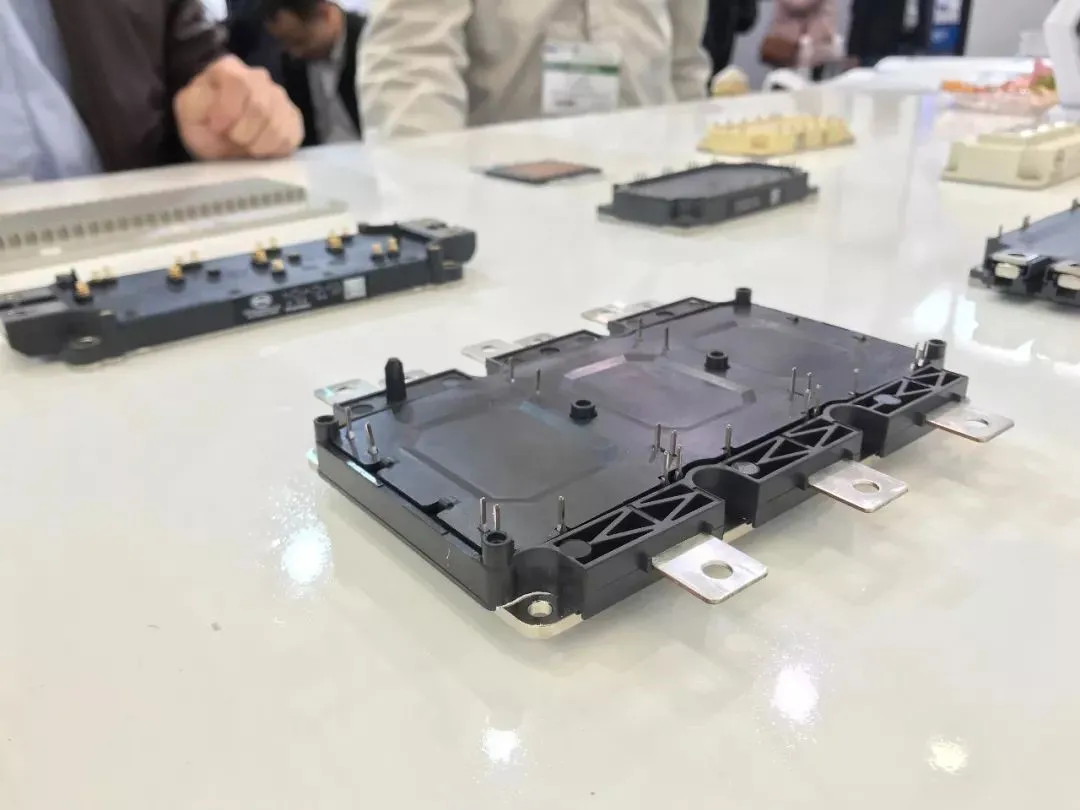
As soon as I heard that my country spends 300 billion US dollars on importing chips every year, I think the car chip market is huge. In fact, even from a global perspective, the car chip share is only equivalent to 5% of consumer chips. However, with the development of new energy and intelligence, the demand for automotive chips is rapidly increasing.
As the leader of in-vehicle chips, NXP has a revenue of less than US$10 billion, making it a top ten semiconductor company in the world. The market size of my country's automotive chips will expand to 15 billion US dollars by 2022, and the market is not big.
An important reason why automotive chips are not as profitable as consumer chips is that it takes two or three years for the certification of new vehicles to enter the production capacity. This part of the time cost will seriously consume the profit margin of the foundry.
Car chip is monopolized by the "Seven Elders"
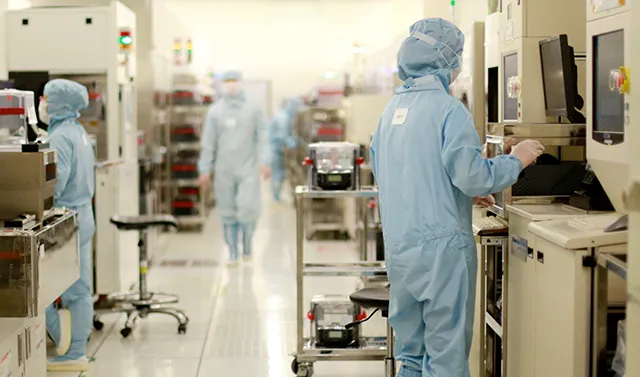
According to the modal classification of automotive chips, it can be divided into digital chips, analog chips and power chips (IGBT). We are also lagging behind the latter two, but our production capacity and technology are in a state of catching up, and they belong to the type of "giving some sunshine to shine".
In the IGBT field, Infineon's market share in my country is 58.2%, BYD 18%, Mitsubishi 5.6%, and the remaining suppliers are below 3%. In new energy vehicles, in terms of quantity, IGBT chips account for 55%, and the rest are MCU (11%), sensors (7%) and others (27%).
In terms of value, MCU, computing power chips, and EPROM chips are in the forefront. The most serious automotive-grade MCU control chip with core shortage, the "Seven Elders" (Renesas, NXP, Infineon, Cypress, Texas Instruments, Microchip, STMicroelectronics) have a global share of 98%, almost a complete monopoly, domestically produced The share is almost zero.
But the INS data is controversial. BYD began to produce 8-bit automotive-grade MCUs in 2018, with a cumulative installed capacity of 7 million units. The 32-bit MCUs are equipped on BYD Han and Tang models.
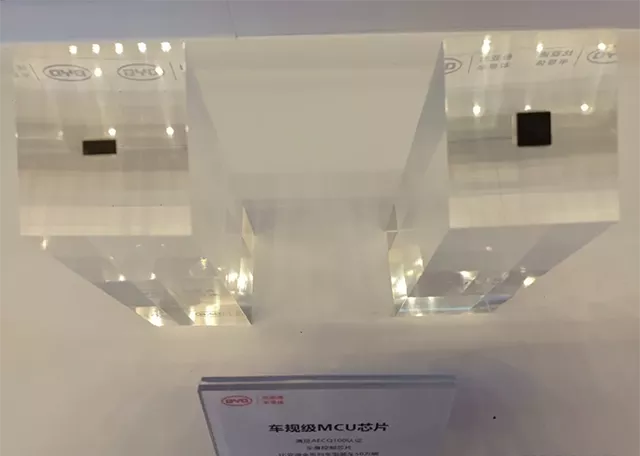
From a traditional point of view, BYD, as a vehicle manufacturer, is going to make chips directly, and it does not emphasize military ethics. In fact, BYD also makes batteries, modules and PACKs. It has the roles of Tier 1, 2, and 3.
BYD is an outlier in the industry. Companies such as BAIC, SAIC, and Geely entered the game by cooperating with semiconductor manufacturers to establish new companies.
Startups start to share Tier1 market share

If it were not for the chip shortage that forced the OEMs to go out to "forage", the supply chain should be like this under normal circumstances: OEMs do not care about chips, whether Volkswagen, Daimler, Toyota, Changan, Geely, Great Wall, etc. Purchase Tier1's overall solution (the Great Wall situation has changed), and Tier1 includes Bosch, Denso, Mobis, Continental, etc.
Of course, OEMs have a preference for purchasing, and long-term cooperation must be considered. For example, European manufacturers and Bosch, Chinese brands and Bosch, Continental, BorgWarner, Japanese companies and Denso, Korean companies and Mobis have always been a fixed match.
However, in the past two years, a large number of startup companies (Horizon, Black Sesame, Cambrian) have emerged on computing power chips and platforms, and they are sharing the market share of Tier1. Huawei has opened up Tier1 and Tier2, taking its own way, not letting others go, it is Huawei's style. This is a digression, so I won't repeat it.
Next is Tier2 chip manufacturers, including the "Seven Elders" are all of this group. Among them, only a few manufacturers have a complete set of design, production, packaging and testing technologies, such as STMicroelectronics.
The next level is foundry manufacturers, such as Samsung, TSMC, UMC, UMC, GF, SMIC, etc. There are also all-round players like Samsung and Intel among them, but most of them are pure foundries. Under them, they dominate the chip production chain. It is precisely certain links of this chain that are broken down, leading to the lack of cores worldwide. It can be seen that the OEMs are basically unable to do anything about this unless they end up in person.
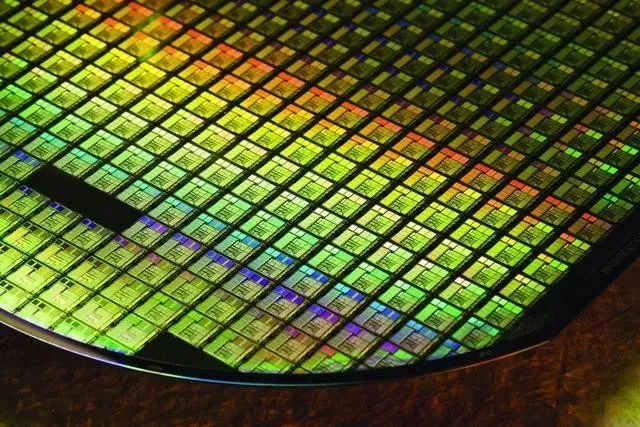
In the field of MCU and MPU, there are Zhaoyi Innovation, Zhongying Electronics, Shanghai Belling, etc. in China. These chips do not require high computing power and technical barriers are not high. Domestic manufacturers are seeking to fill the supply gap.
In the field of analog chips, Chinese companies have already competed with foreign companies technically, even slightly ahead. 5G Internet of Things, WI-FI chips, Bluetooth chips, radio frequency chips, signal chain chips, isolation interface chips, and sensors are all well done. Localized substitution is accelerating.
We have technical reserves in the field of packaging and testing. American Teradyne and Japan Advanport shared 80% of the domestic share. Chinese companies lag behind both in ATE equipment, but compared to chip production itself, it is easier to realize localized substitution in the field of packaging and testing, but they have to face the problem of technology degradation.
I didn’t give a chance before, now the chance comes
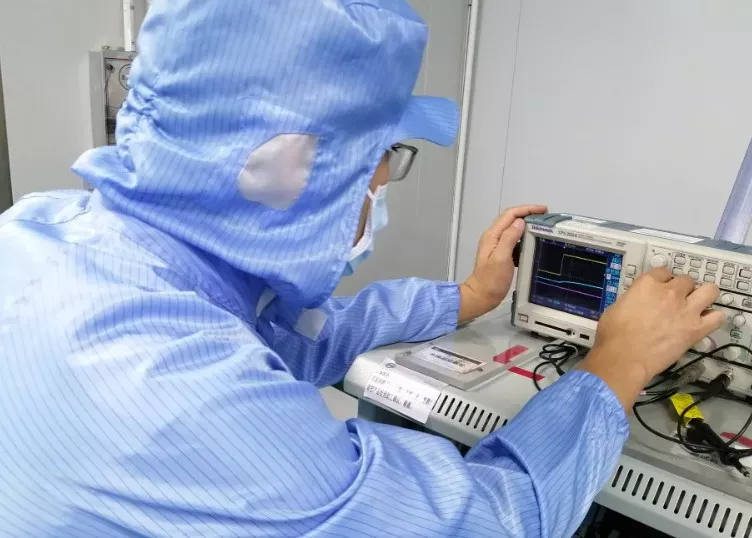
From the perspective of the semiconductor production chain, it is divided into EDA design, wafer generation, tape out, packaging and testing, etc. The three EDA giants Synopsys, Cadence and Mentor Graphics (owned by Siemens) account for 65% of the global market, and 95% in China. This pattern makes small manufacturers unable to develop at all.
At present, the EDA giants have no signs of withdrawing domestic use authorization, but chip companies have consciously used the EDA environment of small domestic manufacturers. At present, only one step is to disable it, similar to the one that MATLAB prohibits Harbin Institute of Technology. The latter found small domestic manufacturers to provide similar simulation tools within minutes. The only difference between the two sides lies in the completeness of the database. The latter can only pick up a little leftovers to eat, resulting in tool iterations that have always been like a tortoise. If users support it, it will only be a matter of time before it develops. If the scope of the US ban is further expanded, the development of EDA companies will also have a boost.
The tape-out process is very complicated, and with wafers, the cycle time may be as long as 4 months. This is why some people have judged that the chip supply has eased in about 4 months (obviously wrong). The lithography machine is widely reported by the media, so that passers-by know that Asmak does not sell to Chinese chip foundry companies.
Asim’s extreme ultraviolet (13.5nm EUV) lithography machine is indeed unable to be delivered under the ban in the United States, but this type of lithography machine is used to produce 5nm and higher process chips, and most of the on-board chips are above 28nm. 110nm has already covered 70% of the applications, and 28nm has become a watershed between advanced and mature processes.
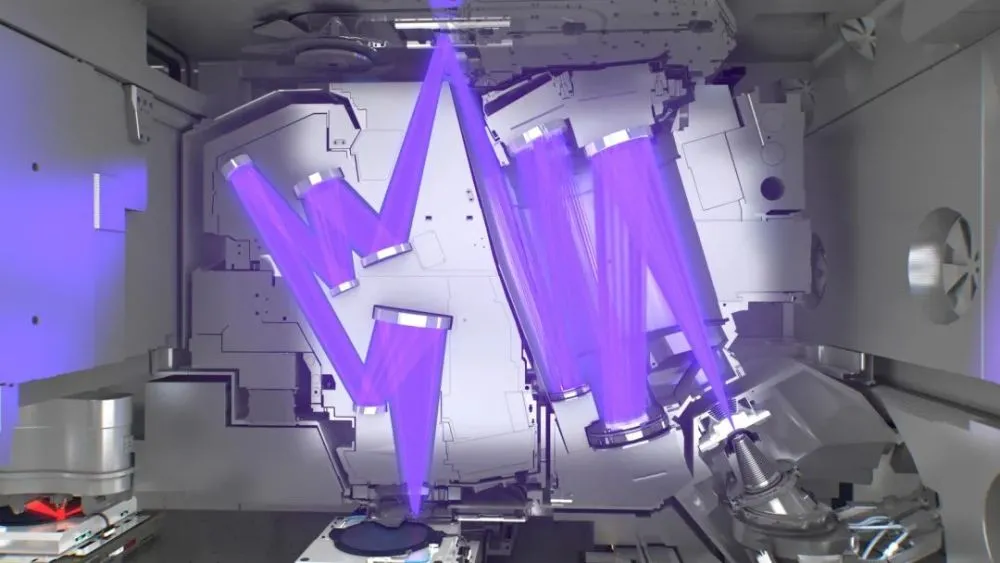
Sai Teng Microelectronics executives said that previously, they did not give opportunities for domestic chips. Now the opportunities are coming. From OEMs to Tier2, they are willing to give opportunities for domestic chip suppliers, and even actively initiate financing and acquisitions. Last year, a total of 534 semiconductor companies received financing, with a total financing amount of 153.6 billion yuan. The national fund has also invested in 52 companies, from chip design, packaging and testing to equipment and materials, basically along the chip chain layout.
TSMC completed 28nm R&D in 2011, and domestic SMIC and Hua Hong Hongli achieved stable production of 28nm in 2015 and 2018, respectively. The 28nm lithography machine has not been produced in China (the current capacity is around 60nm), but Shanghai Microelectronics recently delivered the first lithography machine for the production of 28nm chips.
At present, the self-sufficiency rate of domestic mature processes above 28nm is about 20%. The technology has basically been opened up, and the next growth is likely to be exponential. Some people predict that 28nm will complete the localization of the entire industry chain within 4 to 5 years, and the domestic market share will reach 70%-80%. The advanced manufacturing process will take longer, which is difficult to predict. However, because the size of silicon-based chips has faced physical bottlenecks, the pace of leaders has slowed down.

This time the global structural oscillation of the chip supply chain is a good opportunity for the rise of China's chip industry, especially automotive chips with mature processes. The shortage may force my country's auto chip supply chain to be autonomous and controllable.
2025 is a good node, "Made in China 2025" contains a lot of intelligent manufacturing, industrial automation content. The prerequisite for realizing the 2025 plan is the rise of the domestic chip industry. Car chips coincide with the meeting, and domestic substitution is also expected to be realized around 2025.
Notice on Holding the Rui'an Promotion Conference for the 2025 China (Rui'an) International Automobile and Motorcycle Parts Exhibition
On September 5th, we invite you to join us at the Wenzhou Auto Parts Exhibition on a journey to trace the origin of the Auto Parts City, as per the invitation from the purchaser!
Hot Booking | AAPEX 2024- Professional Exhibition Channel for Entering the North American Auto Parts Market
The wind is just right, Qianchuan Hui! Looking forward to working with you at the 2024 Wenzhou Auto Parts Exhibition and composing a new chapter!
Live up to Shaohua | Wenzhou Auto Parts Exhibition, these wonderful moments are worth remembering!
Bridgestone exits Russia and sells assets to S8 Capital
Free support line!
Email Support!
Working Days/Hours!

